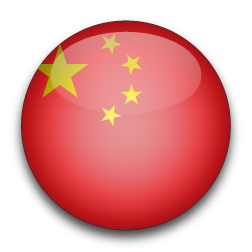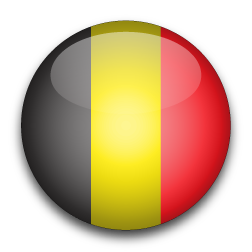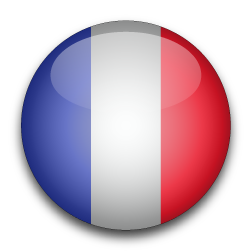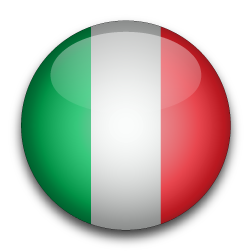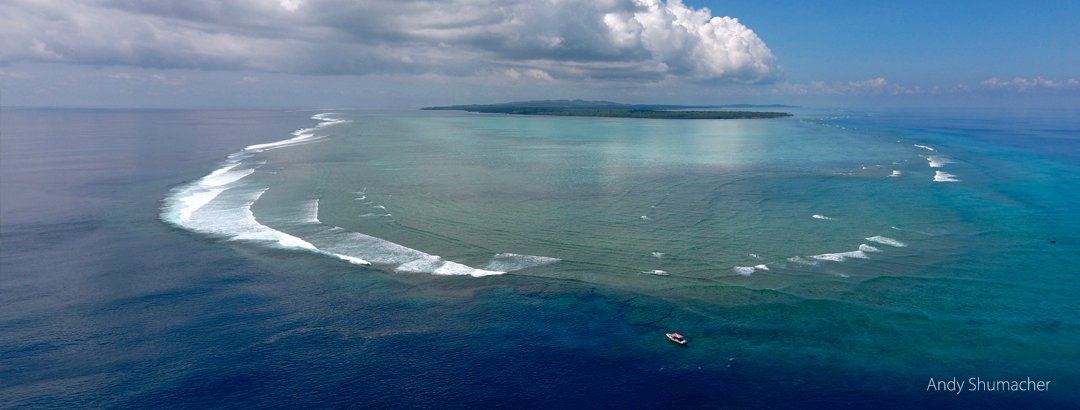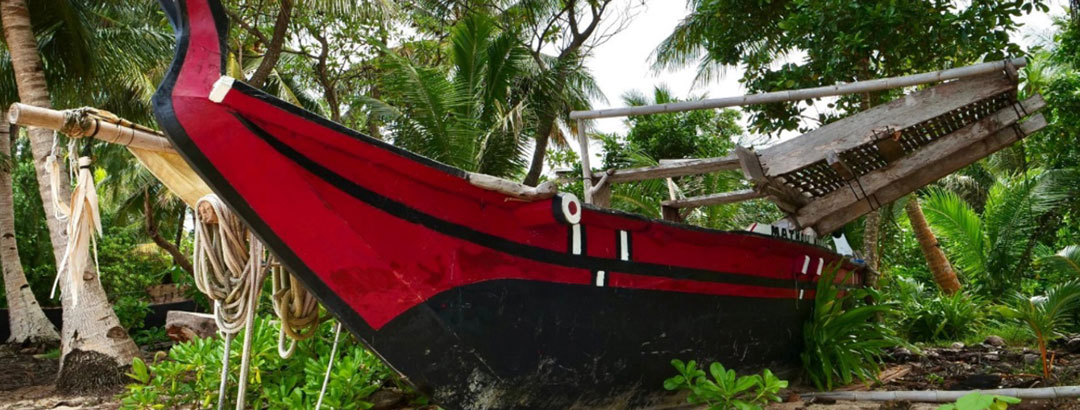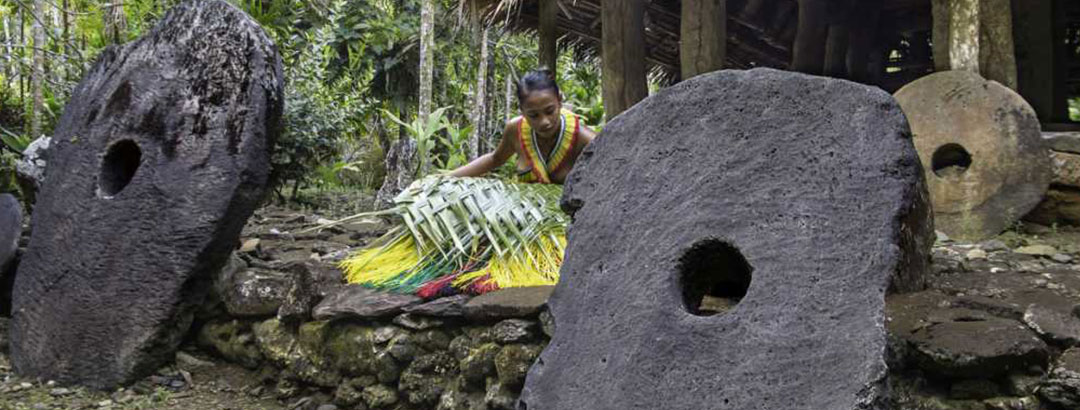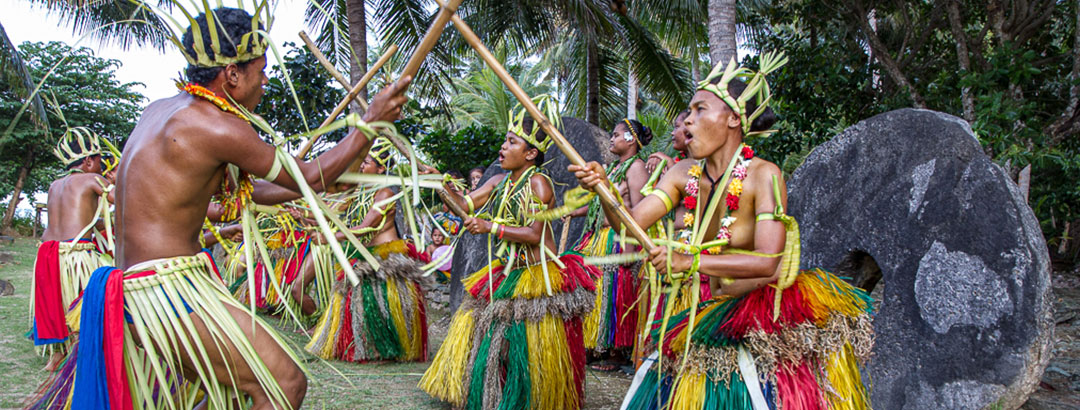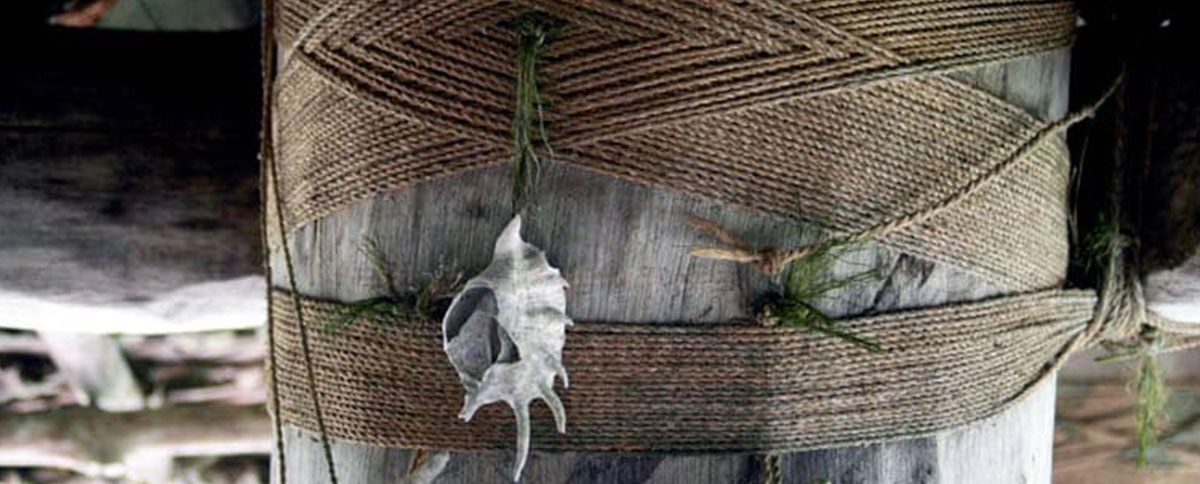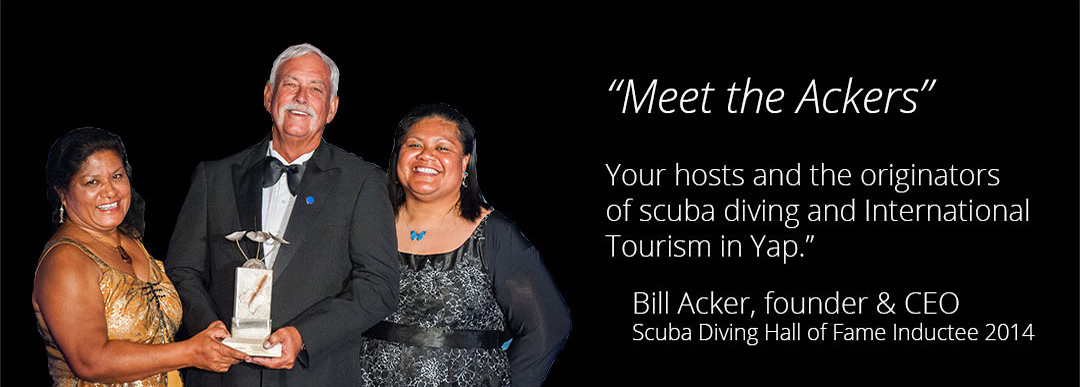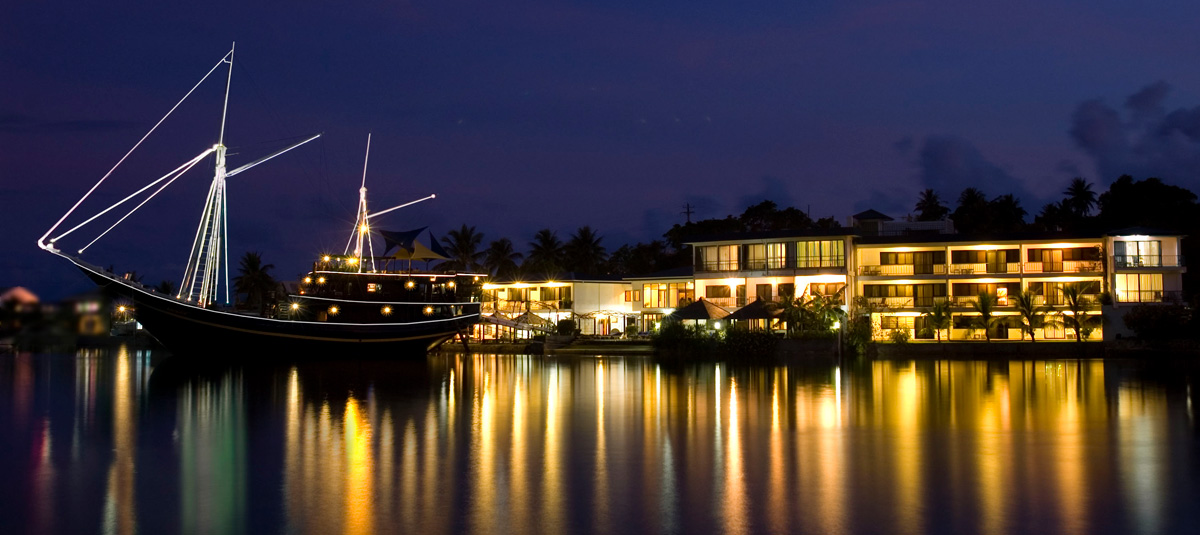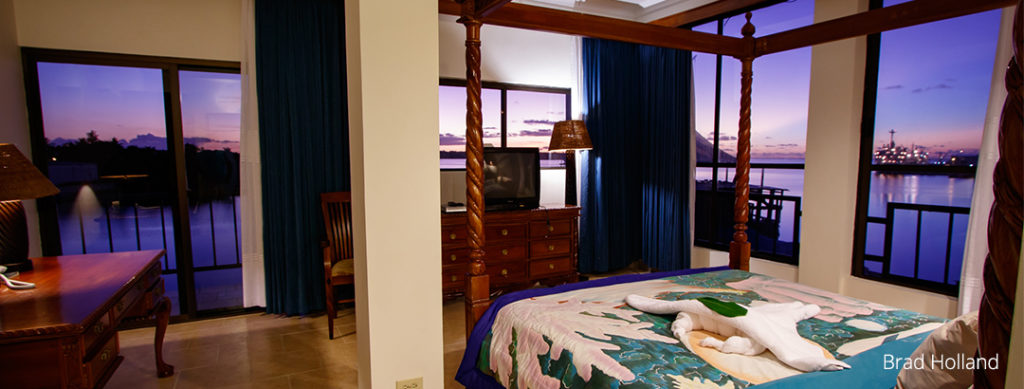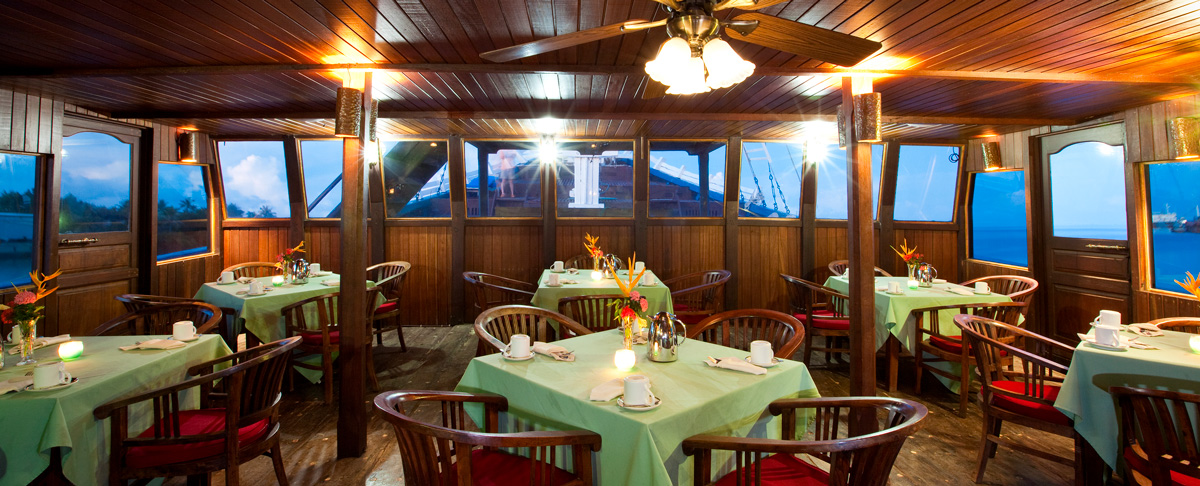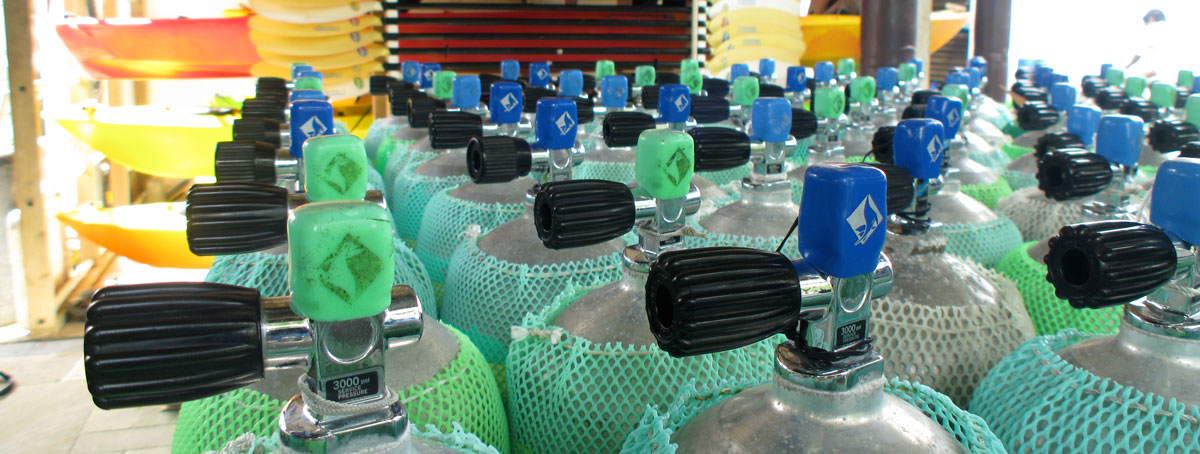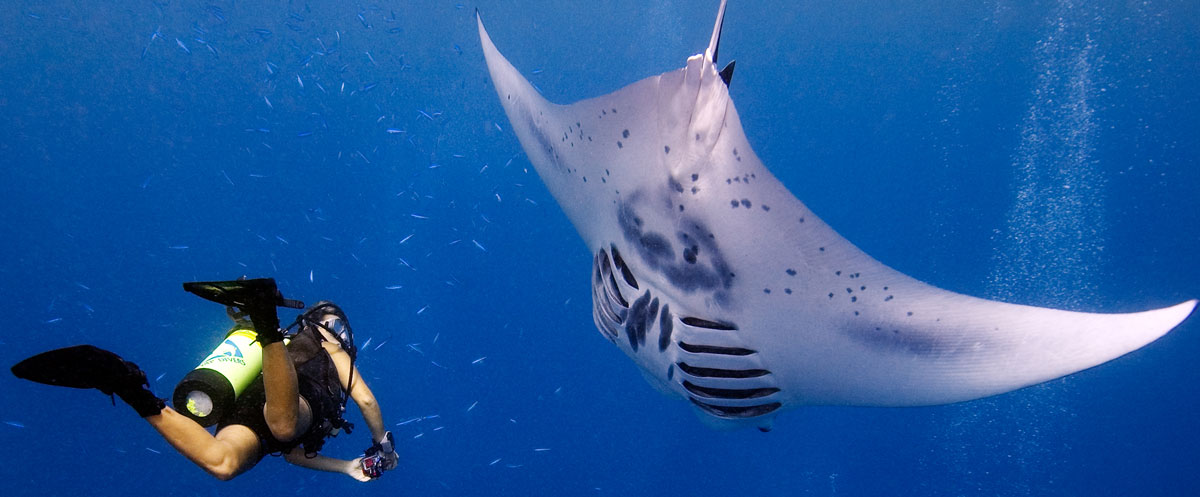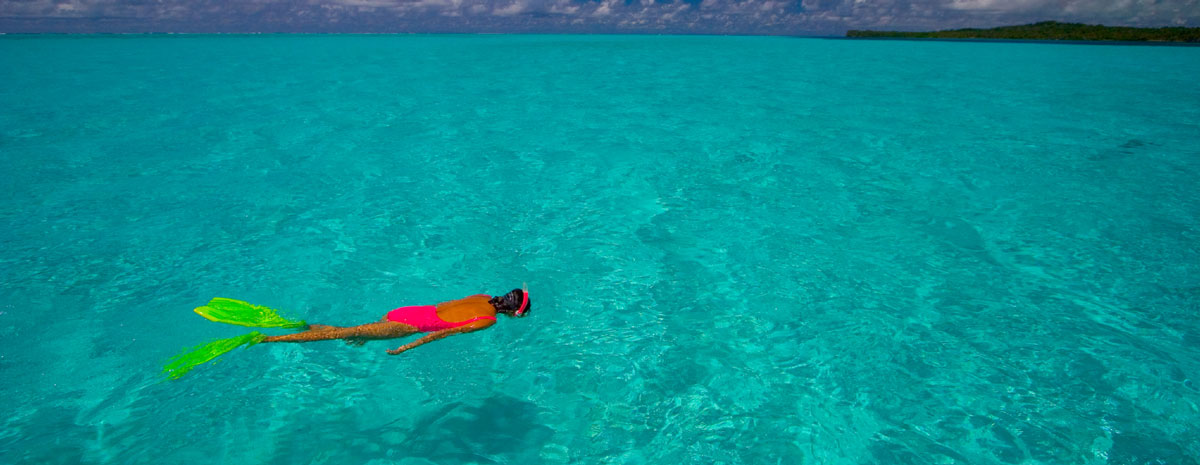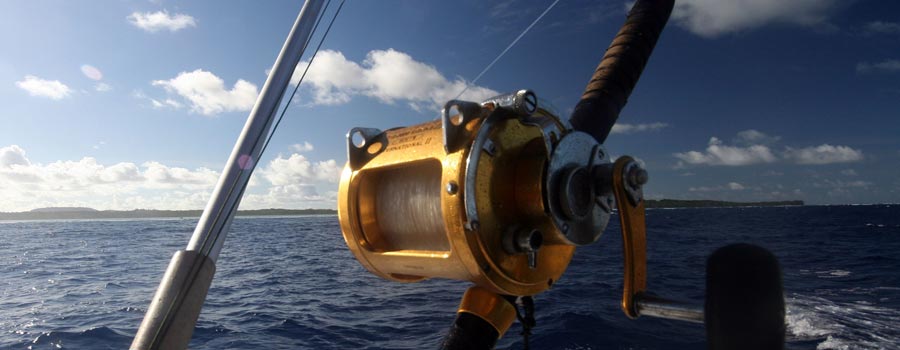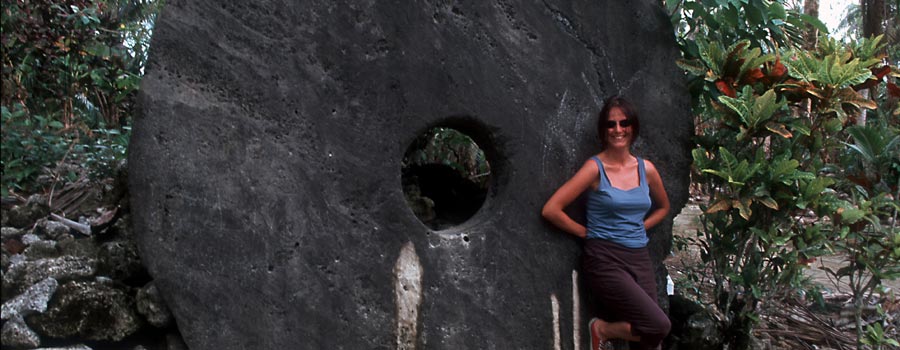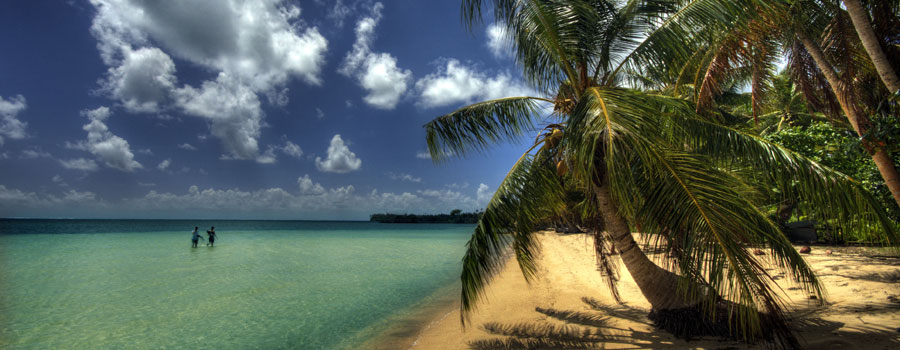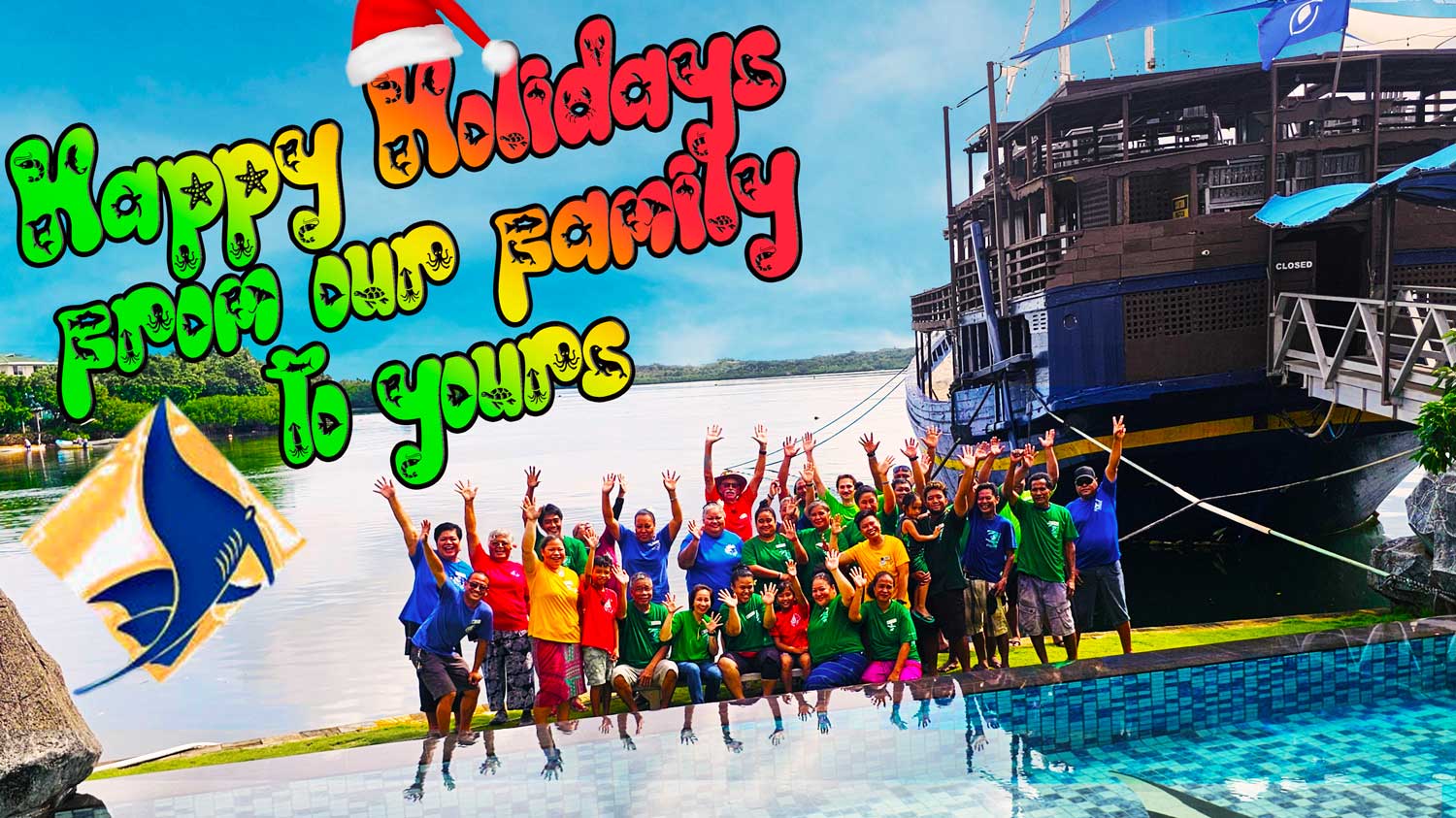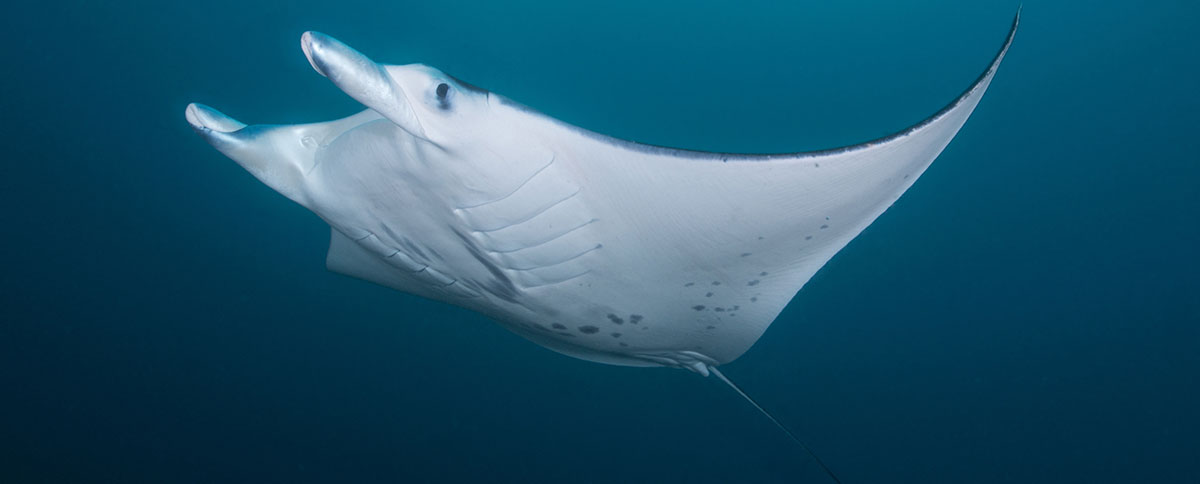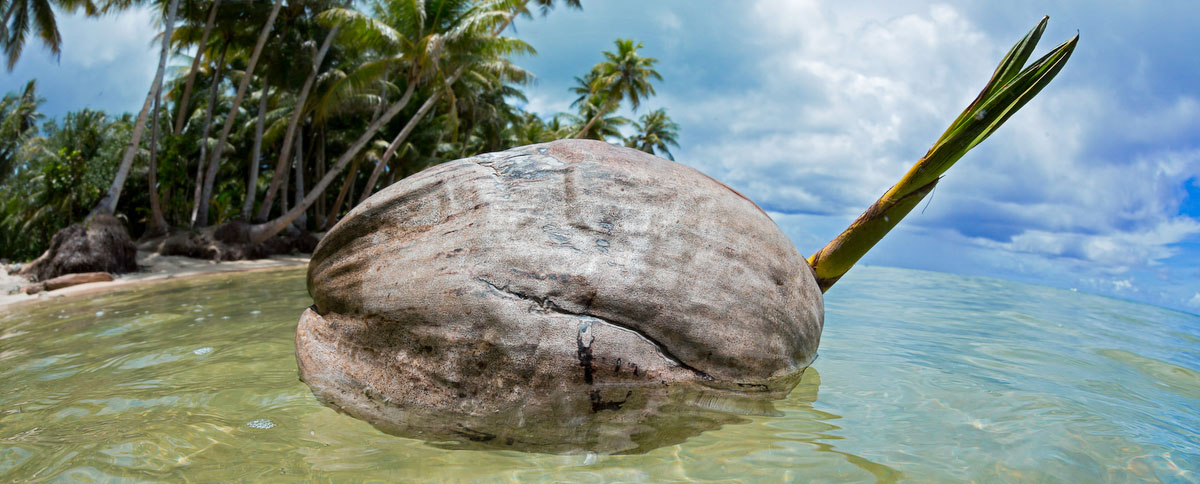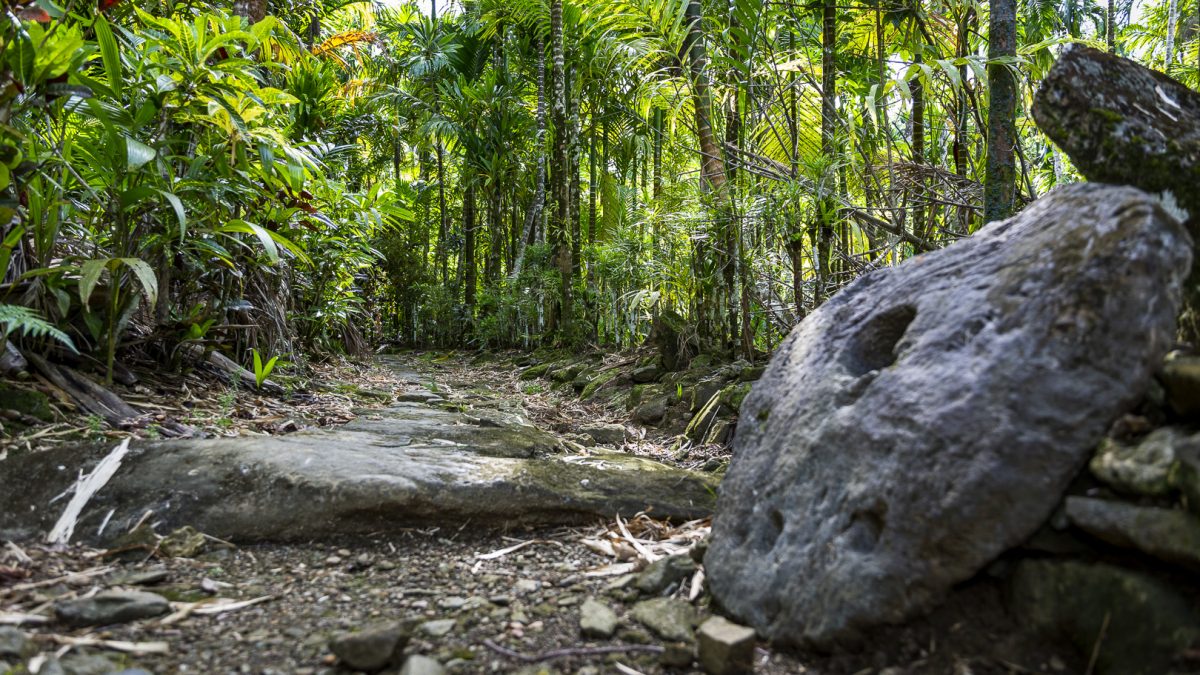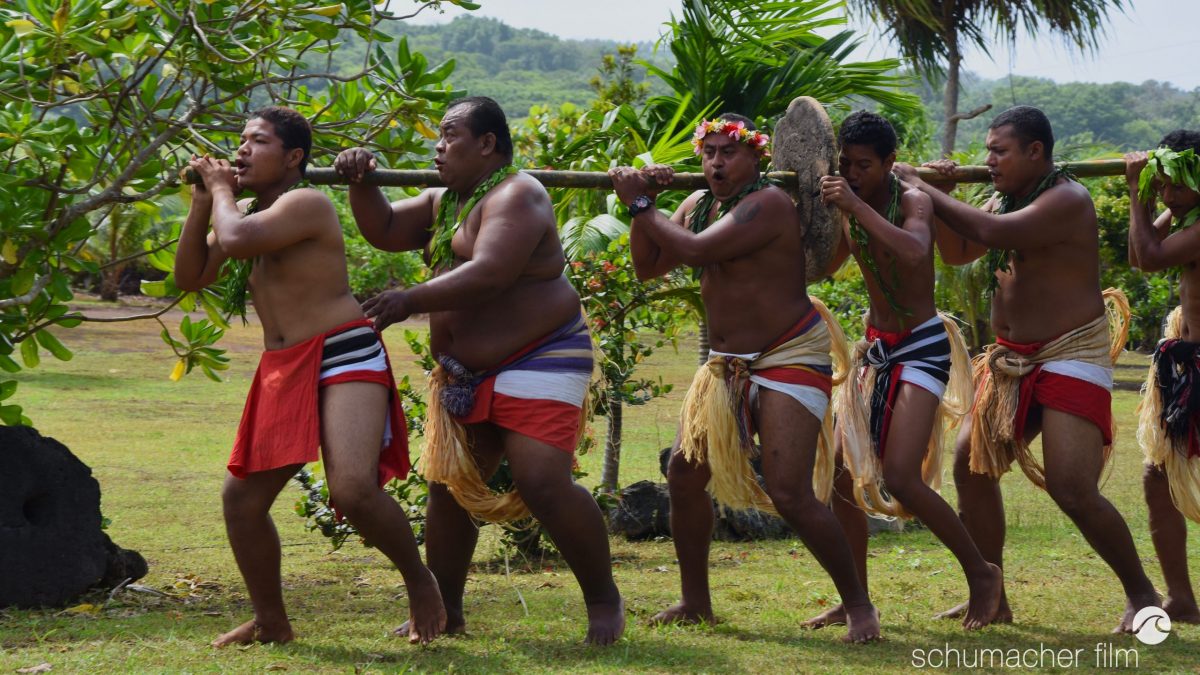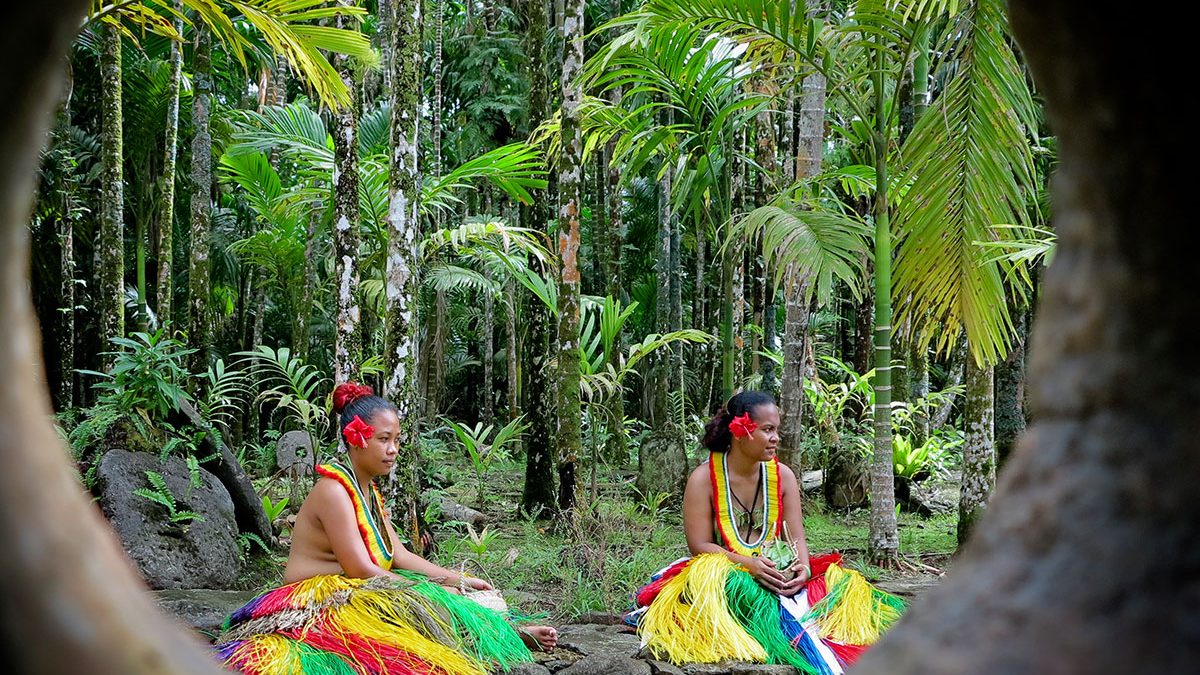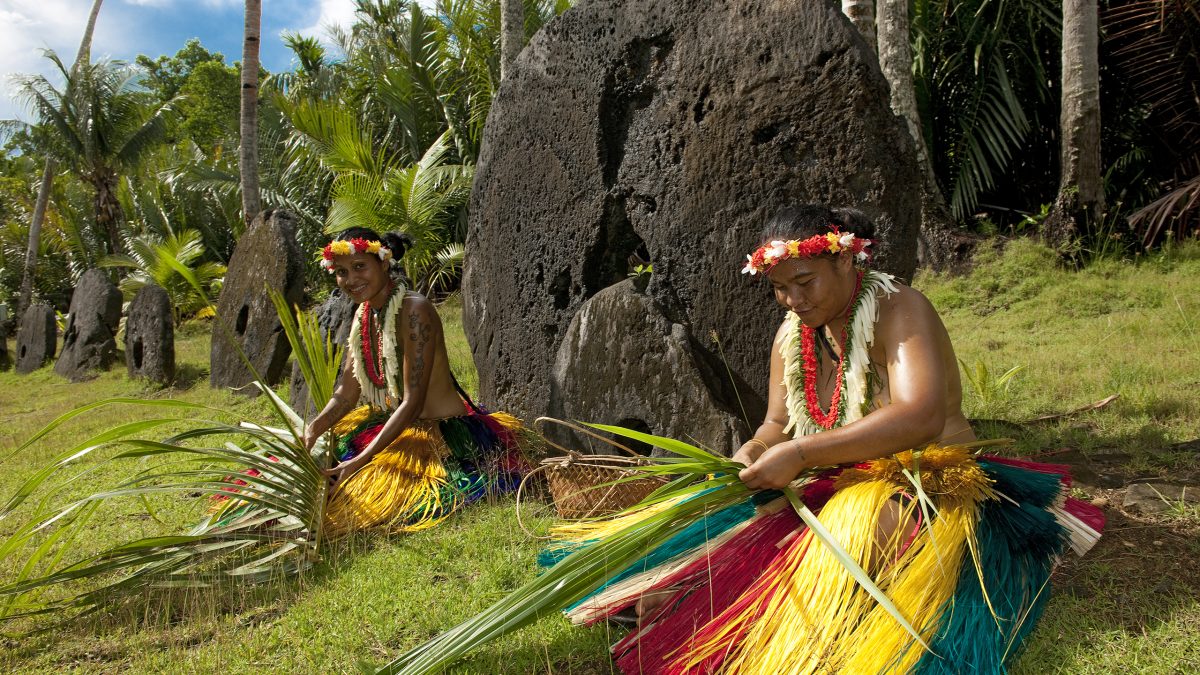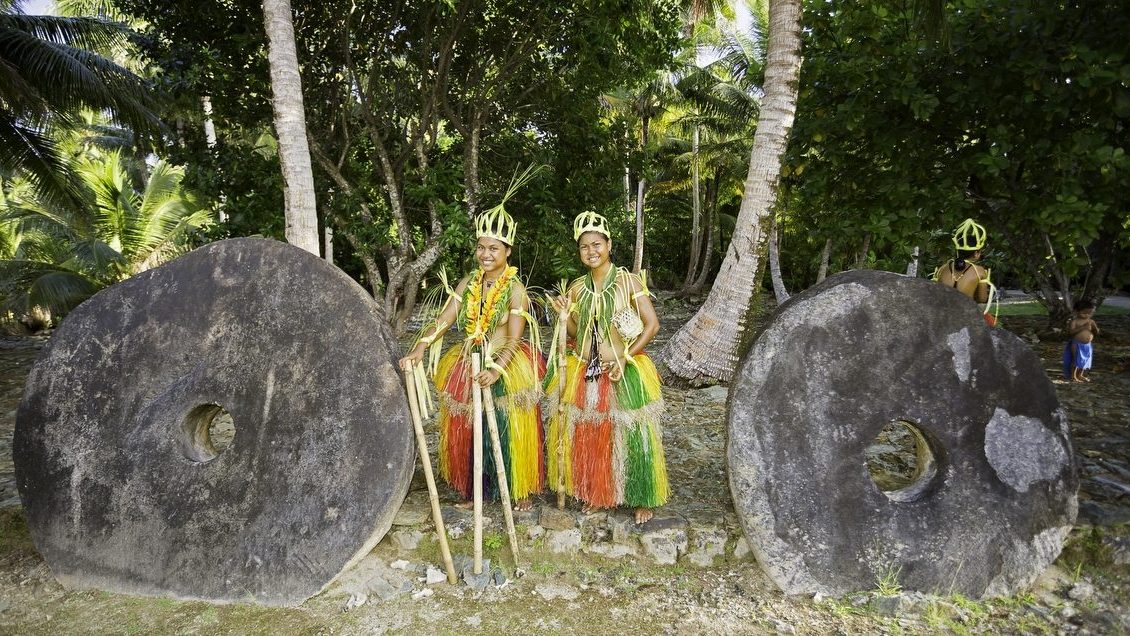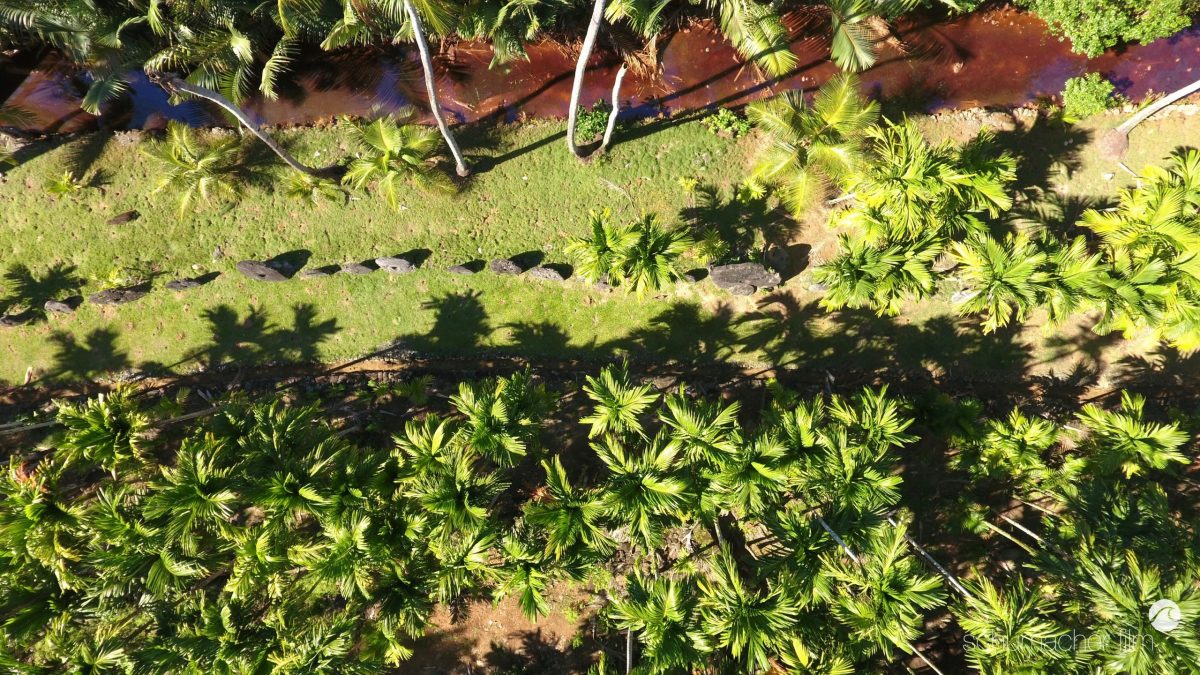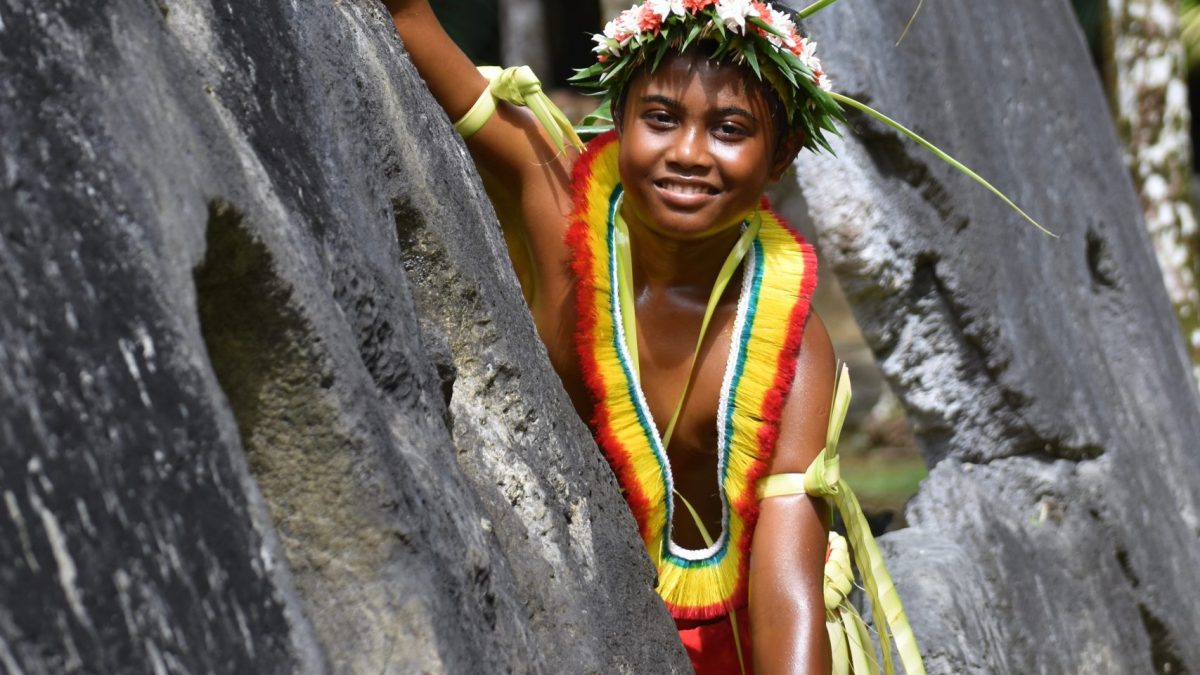The History of Stone Money
Yap is probably best known among non-divers as the Land of Stone Money. Up to 12 feet in diameter these massive stone discs rates without competition as the largest coins in the world.
The US dollar is the common currency in Yap, but the stone money is still used to this day for major transactions like payment of dowry or purchase of land.
One of the amazing facts about the stone money, or Rai as they are called in Yapese, is that these gigantic stone discs were not quarried on the island. Instead, the Yapese traveled by outrigger canoe more than 300 miles to the neighboring island nation of Palau. There, in a quarry on northern Babelthaob, the Rai were hewn out of the rock with primitive tools and brought back to Yap on a perilous journey in the canoes.
The value of an individual Rai piece is not determined by its size alone. Its shape, the quality and texture of the stone, and most important: the difficulty of acquisition is equally important. The greater the effort involved in bringing it safely home, the storms encountered and all too often, the men lost in the process – contribute to increasing the value.
The Rai are not carried about, for obvious reasons. Individual pieces are found all over Yap, but most are kept in “Stone Money Banks” in the villages.
When Rai shift hands as the result of a land transaction, a wedding, or otherwise, the news spreads fast and it is soon common knowledge that a particular piece has a new owner. The Rai are seldom moved but remain where they stand.
In the mid 19th century the Irish-American trader and adventurer David Dean O’Keefe started a successful business using his ship to carry stone money from the Palau quarries to Yap in exchange for copra and beche-de-mer.
The Yapese liked the idea, and even if the “O’Keefe-money” was valued much lower than the Rai brought by canoe, they offered a welcome possibility for the less well-off to own money and thus increase their status in the village. O’Keefe was well-loved by the Yapese people who refused to trade with anyone else, and he maintained his monopoly for over 30 years.

